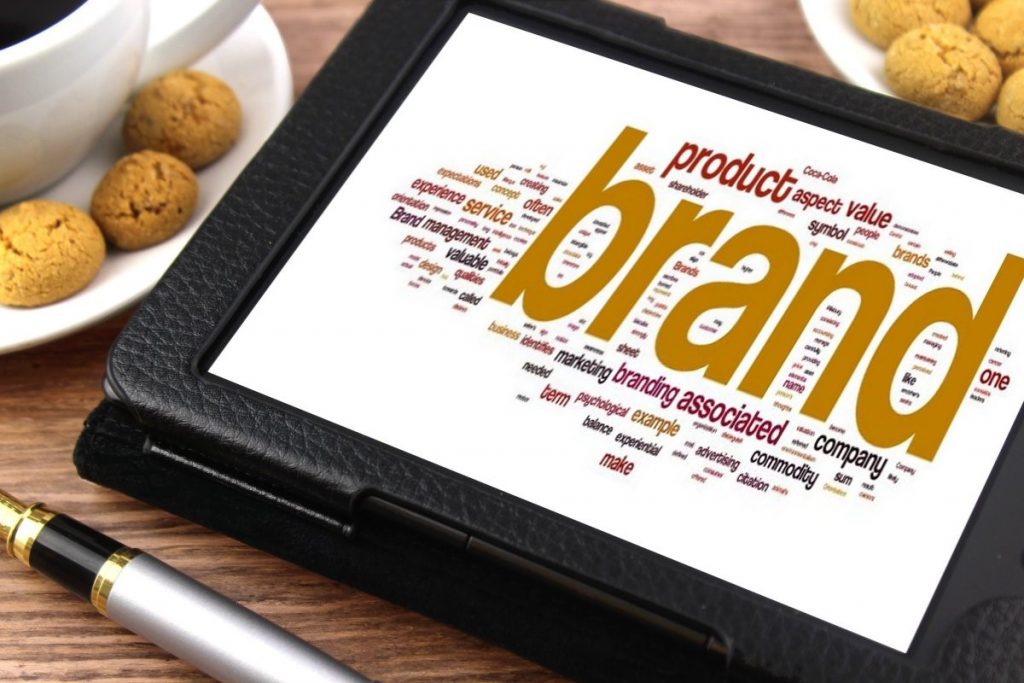The impact of a striking visual image cannot be denied. When this is accompanied by attention-grabbing words, potential customers will find themselves drawn into your brand’s story.

This is something that advertisers have known for many years; however, the inexorable rise of the internet has opened up the power of words and images to a much wider audience than can be gleaned from advertising hoardings and magazine pages.
Forming a relationship with your brand
According to a Forbes article, an image has the power to create an emotional reaction in the viewer. This quickly becomes an emotional bond, which is crucial for brand success and longevity.
Today, prospective customers want to understand the story behind the brands they are interested in, which is something a Gloucestershire branding agency such as www.reallyhelpfulmarketing.co.uk/brand-development/ will be only too aware of. Carefully-aligned words and images will help to attract – and retain – interested viewers and readers, who are likely to continue on to complete your CTA.

More than just a caption
Newspapers reporting on current affairs use photographs and images for illustrative purposes; however, brands need to use other tactics to ensure their message gets across. The aim of the marketer is to gain the viewer’s attention and then ramp up the tension, just a fraction, to create an emotional response.
Your image may ask a question of the viewer, requiring them to carry on reading to understand the message you are conveying. Their attention is grabbed and their curiosity piqued by one striking picture. The viewer must carry on reading to discover what your image means and how this could impact their lifestyle.
Humour can be an important element of your words and images, although it needs to be used with care. Who can forget the iconic Wonderbra campaign of the 1980s, in which a model seemed to be talking to her abundant assets, using the tagline “Hello boys”? The campaign was a huge success, helping to launch the modelling career of Eva Herzigova.
Perhaps your words and the image seem to be at odds with each other, requiring your readers to consider how they work together. You don’t want to alienate your potential customers by confusing them; however, making them think and question their assumptions can help to reinforce the message you are hoping to convey.

